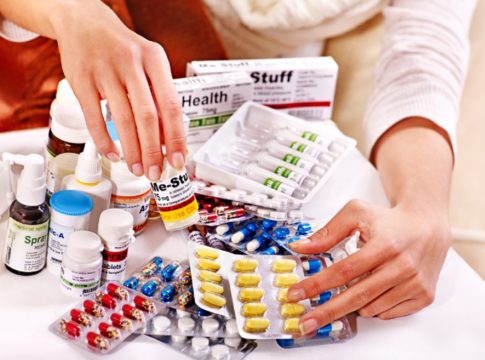Egypt today is a growing, energetic, vibrant society, brimming with ambition and permeated with opportunity. Such opportunity is particularly visible in healthcare and pharmaceuticals; currently one of Egypt›s best performing sectors. With a growing population and market, the next few years promise high returns for investment in the sector
Egypt is still a virgin market for any healthcare project, however, with the current market growth the pharmaceutical market is on the cusp of a major boom. The success story and progress in treating Hepatitis C despite the enduring challenges posed by infectious diseases in Egypt is remarkable. There are certainly adequate grounds for fighting the diseases to be made a national priority. The level of the government›s commitment to fighting Hepatitis C is very strong, in fact it’s the president›s highest healthcare priority; he has been involved in several initiatives himself. The primary public treatment initiative is run by the National Committee for the Control of Viral Hepatitis, and in mid 2016, 180,000 patients were being treated by the national programme each year, with an additional 30,000 treated by the Health Insurance Organisation.
The Ministry of Health’s goal was to reduce the cost of treatment for hepatitis C as much as possible, and improve the accessibility of private treatment. As a result, prices of generic Sofosbuvir fell drastically in the retail market at the start of 2016. Demand for anti-virals such as Sovaldi and generic Sofosbuvir have skyrocketed so much that according to October Pharma Ahmed Zaghloul, «roughly four of the 5.5 percent [retail pharma market] growth [in 2015] was realized by antivirals such as Sofosbuvir, used to treat Hepatitis C. The success made in fighting Hepatitis C represents a remarkable achievement; it calls for a similar approach towards healthcare regarding other non-communicable diseases, like hypertension and diabetes.
However the Industry faces challenges regarding the pricingof its products. Egypt›s General Authority of Foreign investment states that pharmaceutical prices are based on a cost-plus formula managed by the Ministry of Health that guarantees positive returns to the companies operating in Egypt. However, the industry complains that 90% of its raw materials are imported, and after devaluation these costs have practically doubled, furthermore companies do not have access to currency to pay suppliers which leads to holding production and accordingly shortages in the market. On the other hand, the current energy subsidy cuts have also lead to an increase in the production costs as well, factors that represent confrontations with the government for price increases.
The government›s strong stance of not increasing the costs of life-saving medicine to the population is serious, however, industrialists say that this not only impedes profitability from domestic sales, but limits potential revenue from exports as prices listed on the international market are tied to domestic prices.. An estimate exports figure of $220m in 2015, could have been closer to $2bn based on actual costs incurred. Accordingly, if domestic prices will be considered subsidised, while the Ministry issues certificates that closely reflects the actual costs for exports, then there is potential for a solution. The industrialists requested that the Central Bank sets aside a greater portion of foreign currency to cover the company›s imports of raw materials to avoid a shortage of supply in the market.
In January 2017, and after months of negotiations the government raised prices of a number of medicines, and eased the pass of the industry towards development. The Egyptian pharmaceutical industry has abundant excess production capacity and can easily produce pharmaceuticals for the export market at competitive prices. Egyptian pharmaceutical manufacturers remain both domestically and regionally competitive by increasing their level of technical sophistication and upstream operations. Several companies have recently taken steps to increase their technical capabilities via major equipment investments and technology transfers, along with a general reform and development of their administrative facilities to continue their success.


